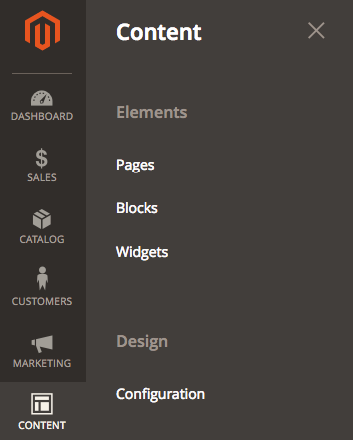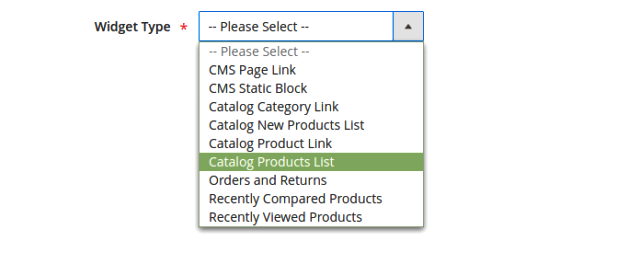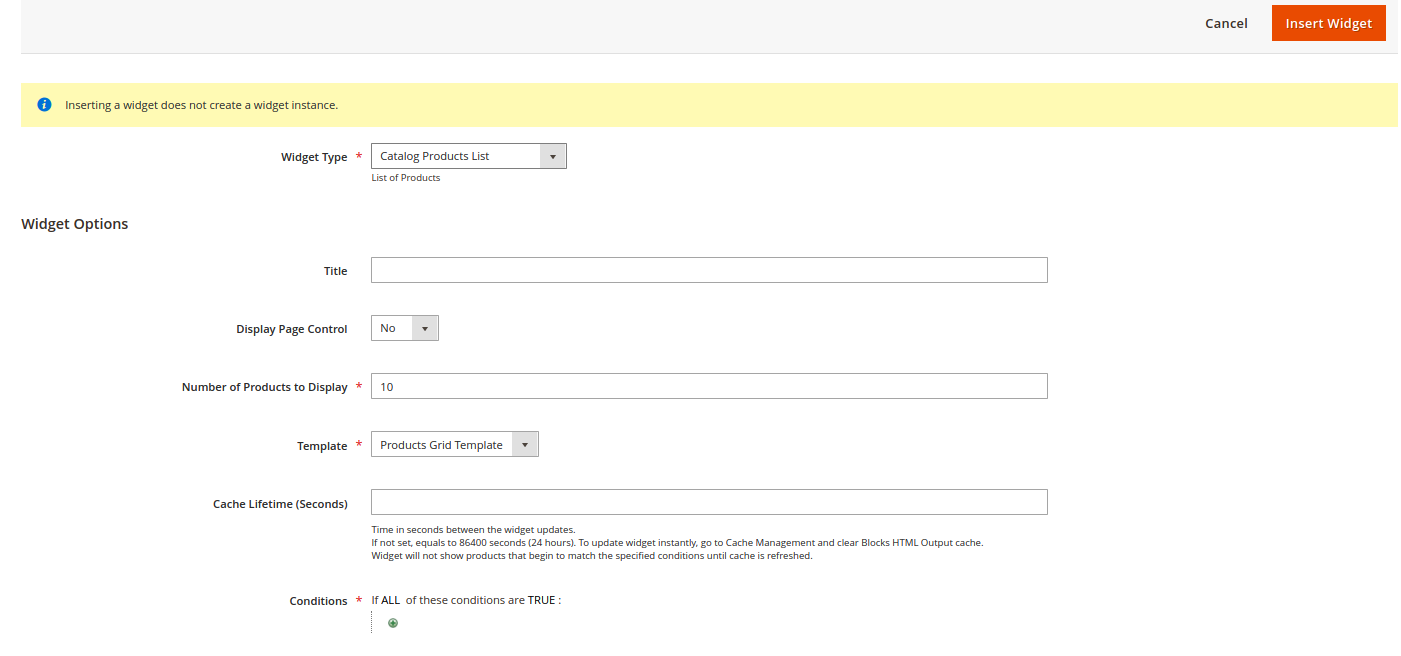The Best Way to Add the JavaScript Component to Magento 2
This entry was posted on November 07, 2019 by Nenad Milić, Frontend Developer.

To work with JavaScript, Magento 2 uses the RequireJS library. It is a module loader that implements the Asynchronous Module Definition (AMD) standard for JavaScript modules. Thanks to this library, the problem of page load speed and organizing JavaScript files is solved, and the files are loaded asynchronously. JavaScript program does not pollute the global namespace and it allows you to share the code and data between modules.
In this article, we will explain how to add an owl carousel and how to use one JavaScript component in multiple places. We will add a product slider on the homepage and a product slider with related products on the product page.
Homepage Product Slider
The homepage can be considered the most important part of every website. Customers see your homepage before they decide on whether to make a purchase or not, so your job is to make the homepage of your shop appealing to customers and functional. If not, they will probably leave your site immediately. One of the best ways to attract users is to insert products to your homepage. For this purpose, you can use the Magento 2 Catalog Products List widget.
Step 1: Navigate to Content > Page
All of your store’s pages will be displayed here.

1. Magento Admin, Content
Step 2: Select Edit under Actions Menu
On Homepage title, from the Select drop-down, choose Edit under Actions menu. Now go to the Content section and click on Insert widget.

2. Insert Widget
Step 3: Choose Catalog Products List Option
When the Insert Widget page appears, select the Catalog Products List option for the Widget Type.

3. Widget Type
Step 4: Select a Category and click on the Insert Widget Button
On the next page, there is a Conditions attribute, select a Category from the options and choose the category you want to show on your store’s homepage. Then, click on the Insert Widget.

4. Widget Options
Step 5: Click on Save to Finish
Come back to the Content tab, and you will see an icon for Products in the text box. Click on the Save button to complete the changes made on the page.

5. Catalog Products List
After you have added products you have to install Owl 2 Carousel. In order to do this, you will need the following files:
- owl.carousel.css
- owl.carousel.min.js.
Place the CSS file in:
app/design/frontend/<Vendor>/<theme>/web/css/owl.carousel.min.css
You should add the CSS file only to the homepage, not to all pages. To achieve this, you must extend the XML file.
app/design/frontend/<Vendor>/<theme>/Magento_Cms/layout/cms_index_index.xml
Example:
<?xml version="1.0"?>
<!--
/**
* Copyright © Magento, Inc. All rights reserved.
* See COPYING.txt for license details.
*/
-->
<page xmlns:xsi="http://www.w3.org/2001/XMLSchema-instance" xsi:noNamespaceSchemaLocation="urn:magento:framework:View/Layout/etc/page_configuration.xsd">
<head>
<css src="css/owl.carousel.min.css"/>
</head>
</page>
The js file will be placed in:
app/design/frontend/<Vendor>/<theme>/Magento_CatalogWidget/web/js/owl.carousel.min.js
After that, you can create your JavaScript component. In this component, you will initialize your carousel.
app/design/frontend/<Vendor>/<theme>/Magento_CatalogWidget/web/js/slider.js
Example:
define(['jquery', 'owlcarousel'], function($){
$('.owl-carousel').owlCarousel({
loop: false,
margin:10,
nav:true,
items: 3
});
});
As you can see, the define function has two arguments:
- an array of dependencies
- a function that will execute when you initialize js component
Array of Dependencies
An array of dependencies is a series of modules that will be loaded before the function is executed. In this case, it is jquery and owl carousel. Owl carousel is your owl.carousel.min.js file. In this array, you need to set the path to these files. You will do it with RequireJS. Thanks to RequireJS you can map your js file. So, we have to create requirejs-config.js.
app/design/frontend/<Vendor>/<theme>/Magento_CatalogWidget/requirejs-config.js
var config = {
map: {
'*': {
productslider:'Magento_CatalogWidget/js/slider',
owlcarousel:'Magento_CatalogWidget/js/owl.carousel.min'
}
}
};
Calling the js Component
To call your function and initialize the carousel you need to call your component in the PHTML template. Magento has provided us with two ways of doing this:
- data-mage-init attribute
- <script type="text/x-magento-init" /> tag
Both ways are very similar and both will be explained.
<script type="text/x-magento-init" />
In:
app/design/frontend/<Vendor>/<theme>/Magento_CatalogWidget/templates/product/widget/content/grid.phtml
At the end of the file you need to add:
<script type="text/x-magento-init">
{
"*": {
"productslider": {}
}
}
</script>
This asterisk means that your js component will always be loaded in this template. You can also use a selector instead.
<script type="text/x-magento-init">
{
".product-items": {
"productslider": {}
}
}
</script>
The difference between an asterisk and a selector is that if an HTML element with a certain class does not exist, the JavaScript component will not be loaded.
<script type="text/x-magento-init" /> allows you to send certain data from the template to our js component. You can send a JavaScript object and an HTML element. This means that you can configure your carousel from the template.
<script type="text/x-magento-init">
{
".product-items": {
"productslider": {"config":{"loop": false, "items": 4, "margin": 10, "nav": true}}
}
}
</script>
Your component will now look like this:
define(['jquery', 'owlcarousel'], function($){
return function(config, element){
$('.owl-carousel').owlCarousel({
loop:config.config.loop,
margin:config.config.margin,
nav:config.config.nav,
items: config.config.items
});
}
});
And one more thing. You need to add the required classes for carousel here:
app/design/frontend/<Vendor>/<theme>/Magento_CatalogWidget/templates/product/widget/content/grid.phtml
<ol class="product-items <?= /* @noEscape */ $type ?> owl-carousel owl-theme">
data-mage-init
<ol class="product-items <?= /* @noEscape */ $type ?> owl-carousel owl-theme" data-mage-init='{"productslider": {"config":{"loop": false, "items": 4, "margin": 10, "nav": true}} }'>
Related Product Slider
You can use the same js component in other places as well. You will just load the CSS for that page and call it to the template.
Then, you need to extend catalog_product_view.xml.
app/design/frontend/<Vendor>/<theme>/Magento_Catalog/layout/catalog_product_view.xml
<?xml version="1.0"?>
<!--
/**
* Copyright © Magento, Inc. All rights reserved.
* See COPYING.txt for license details.
*/
-->
<page xmlns:xsi="http://www.w3.org/2001/XMLSchema-instance" layout="2columns-left" xsi:noNamespaceSchemaLocation="urn:magento:framework:View/Layout/etc/page_configuration.xsd">
<head>
<css src="css/owl.carousel.min.css"/>
</head>
</page>
You have to call the component.
app/design/frontend/<Vendor>/<theme>/Magento_Catalog/templates/product/list/items.phtml
<script type="text/x-magento-init">
{
".owl-carousel": {
"productslider": {"config":{"loop": false, "items": 2, "margin": 20, "nav": true}}
}
}
</script>
Conclusion
Adding one JavaScript component in Magento 2 and using that component in multiple places is one of the most useful steps towards creating a functional and well-designed online store. If you are in need of frontend development services, feel free to contact us at [email protected].
This entry was posted in Magento 2 and tagged Web Development, SyncIt Group, Magento 2, Web, Magento 2 Development, Magento 2 Features, Frontend, Frontend Development, JavaScript, JavaScript Development, JavaScript Component on November 07, 2019 by Nenad Milić, Frontend Developer .